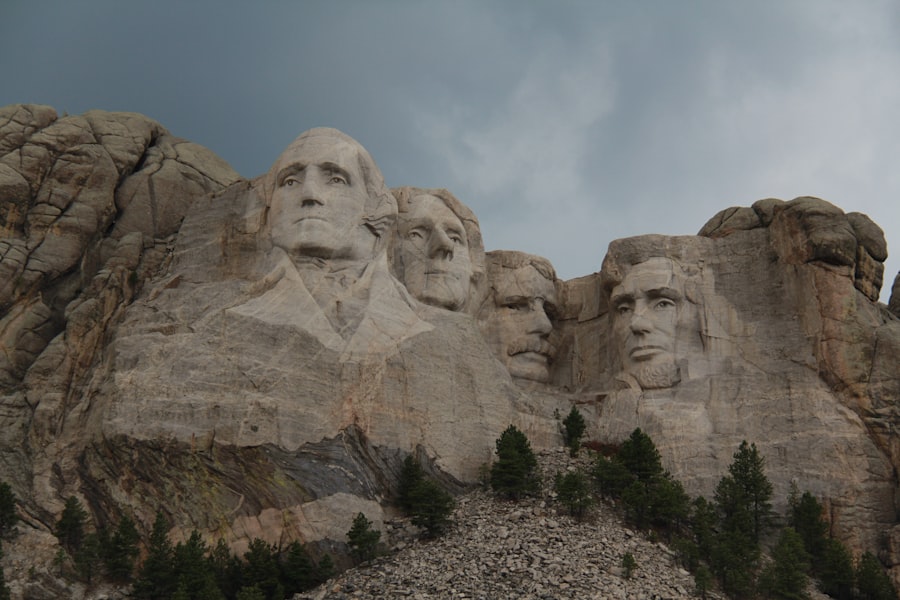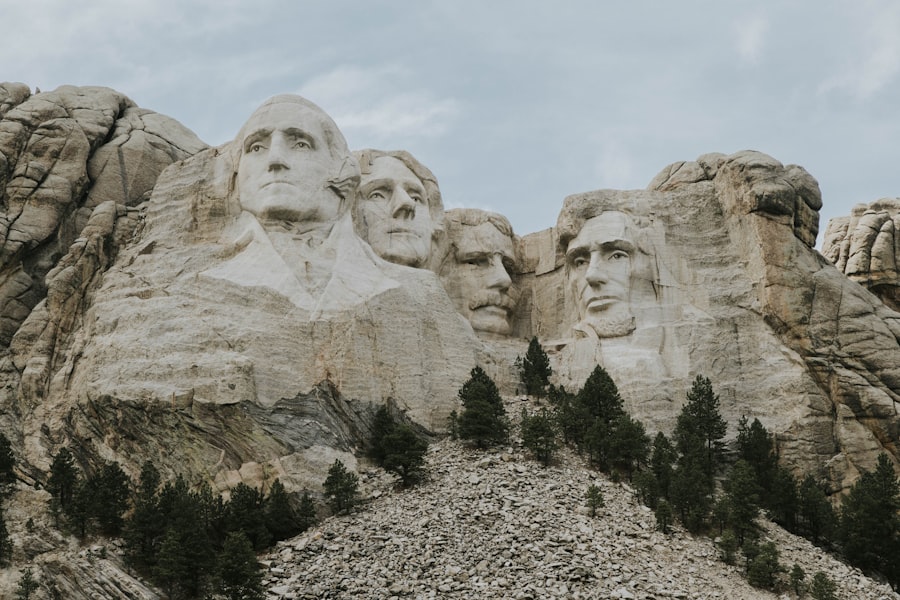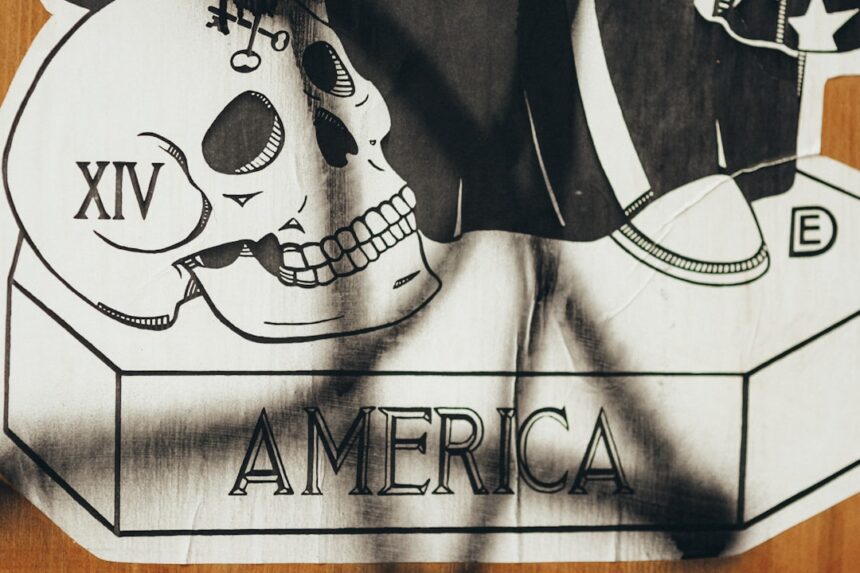During World War II, the United States government made the controversial decision to forcibly relocate and intern approximately 120,000 Japanese Americans, two-thirds of whom were U.S. citizens. This action was largely fueled by wartime hysteria and racial prejudice following the attack on Pearl Harbor in December 1941.
The government justified these measures under the guise of national security, claiming that individuals of Japanese descent posed a potential threat to the country. As a result, families were uprooted from their homes, businesses were abandoned, and entire communities were dismantled, all based on unfounded fears and stereotypes. The internment experience was marked by significant hardship and trauma.
Families were often given little notice to pack their belongings before being sent to remote camps surrounded by barbed wire and armed guards.
Despite the injustices they faced, many Japanese Americans demonstrated resilience and loyalty to their country.
Some even enlisted in the military to fight for the United States, serving with distinction in units such as the 442nd Regimental Combat Team, which became one of the most decorated units in American history. The internment of Japanese Americans remains a poignant reminder of the dangers of prejudice and the importance of safeguarding civil liberties, even in times of crisis.
Key Takeaways
The use of atomic bombs on Hiroshima and Nagasaki
The decision to drop atomic bombs on the Japanese cities of Hiroshima and Nagasaki in August 1945 marked a pivotal moment in world history. On August 6, the city of Hiroshima was devastated by an atomic bomb known as “Little Boy,” which resulted in the immediate deaths of an estimated 70,000 to 80,000 people, with tens of thousands more succumbing to injuries and radiation sickness in the following months. Just three days later, on August 9, a second bomb, “Fat Man,” was dropped on Nagasaki, killing approximately 40,000 people instantly.
The bombings not only caused unprecedented destruction but also raised profound ethical questions about the use of such weapons against civilian populations. Supporters of the bombings argued that they were necessary to bring a swift end to the war and save lives that would have been lost in a prolonged conflict. However, critics contend that Japan was already on the verge of surrender and that the bombings were not only unnecessary but also inhumane.
The long-term effects of radiation exposure led to severe health issues for survivors, known as hibakusha, who faced discrimination and stigma in their communities. The bombings ultimately ushered in the nuclear age, prompting global discussions about arms control and the moral implications of nuclear warfare. The legacy of Hiroshima and Nagasaki continues to shape international relations and debates surrounding military ethics.
The firebombing of Tokyo and other Japanese cities

In addition to the atomic bombings, the United States conducted extensive firebombing campaigns against Japanese cities throughout World War
One of the most devastating raids occurred on March 9-10, 1945, when American bombers targeted Tokyo with incendiary bombs. This assault resulted in a firestorm that consumed large portions of the city, killing an estimated 100,000 civilians in a single night and leaving millions homeless. The strategy aimed to cripple Japan’s industrial capacity and demoralize its population but raised serious moral questions about targeting civilians in warfare.
| Raid Date | Location | Type of Bombs | Casualties | Impact |
|---|---|---|---|---|
| March 9-10, 1945 | Tokyo | Incendiary | Estimated 100,000 civilians killed | Firestorm, large portions of the city consumed, millions homeless |
The firebombing campaign extended beyond Tokyo, affecting numerous cities across Japan. Cities like Osaka, Nagoya, and Kobe experienced similar devastation as American forces sought to weaken Japan’s war effort through widespread destruction. While military leaders justified these actions as necessary for achieving victory, many historians argue that such tactics blurred the lines between combatants and non-combatants.
The psychological impact on survivors was profound, as entire communities were obliterated overnight. The firebombing raids serve as a stark reminder of the brutal realities of war and the ethical dilemmas faced by nations engaged in conflict.
The Tuskegee syphilis experiment
The Tuskegee syphilis experiment stands as one of the most egregious examples of medical ethics violations in American history. Conducted between 1932 and 1972 by the U.S. Public Health Service, this study aimed to observe the natural progression of untreated syphilis in African American men in rural Alabama.
Participants were misled into believing they were receiving free medical care for “bad blood,” while in reality, they were denied treatment even after penicillin became widely available in the 1940s. The study continued for decades without informed consent from participants, highlighting systemic racism within medical research. The consequences of the Tuskegee experiment were devastating for those involved and their families.
Many participants suffered severe health complications due to untreated syphilis, including blindness, mental illness, and death. The study’s revelations led to widespread outrage and prompted significant changes in ethical standards for medical research, including the establishment of Institutional Review Boards (IRBs) to ensure informed consent and protect vulnerable populations. The legacy of Tuskegee continues to impact trust between African American communities and medical institutions today, serving as a cautionary tale about the importance of ethical considerations in research.
The treatment of African American soldiers

During World War II, African American soldiers faced systemic discrimination within the U.S. military despite their willingness to serve their country. While they fought bravely alongside their white counterparts, they were often relegated to segregated units with limited opportunities for advancement.
The military’s policies reflected broader societal racism, as African American soldiers encountered prejudice both on and off the battlefield. Many served in support roles rather than combat positions, which further perpetuated stereotypes about their capabilities. Despite these challenges, African American soldiers made significant contributions during the war.
Units like the Tuskegee Airmen broke barriers by proving their skills as pilots and aircrew members, earning accolades for their bravery and effectiveness in combat missions. However, upon returning home after the war, many African American veterans faced discrimination and limited access to benefits under programs like the G.
Bill. Their experiences highlighted the stark contrast between their sacrifices for freedom abroad and the ongoing struggle for civil rights at home. The treatment of African American soldiers during World War II played a crucial role in galvanizing the post-war civil rights movement.
The exploitation of Native American code talkers
Native American code talkers played a vital role during World War II by using their native languages to create unbreakable codes for military communications. Tribes such as the Navajo developed complex systems that proved invaluable during key battles in the Pacific Theater. However, while their contributions were essential to military success, Native American code talkers often faced exploitation and marginalization within the broader context of war efforts.
Despite their significant contributions, many code talkers returned home after the war without recognition or benefits commensurate with their service. Their languages were used as tools for warfare while they themselves continued to grapple with issues such as poverty and lack of access to education and healthcare on reservations. It wasn’t until decades later that their contributions began to receive acknowledgment from the U.S.
government and society at large. The story of Native American code talkers serves as a reminder of both their invaluable service during wartime and the ongoing struggles faced by Indigenous communities in America.
The targeting of civilians in the bombing of Dresden
The bombing of Dresden in February 1945 remains one of World War II’s most controversial military actions due to its devastating impact on civilians. Allied forces conducted a series of air raids over several days that resulted in widespread destruction across the city, which was known for its cultural significance and historical architecture. Estimates suggest that between 25,000 and 35,000 civilians lost their lives during these bombings, raising ethical questions about targeting urban centers filled with non-combatants.
Critics argue that the bombing was unnecessary given that Germany was already on the brink of defeat at that point in the war. Proponents contend that it was intended to hasten Germany’s surrender by demonstrating overwhelming military power. Regardless of intent, the destruction wrought upon Dresden left deep scars on its population and cultural heritage.
The aftermath prompted debates about civilian casualties in warfare and whether such tactics can ever be justified under international law.
The forced sterilization of women in Puerto Rico
The forced sterilization of women in Puerto Rico during the mid-20th century represents a dark chapter in reproductive rights history. Beginning in the 1930s and continuing into the 1970s, Puerto Rican women were subjected to coercive sterilization practices under government-sponsored programs aimed at population control. Medical professionals often targeted low-income women or those from marginalized communities without fully informing them about the procedures or their implications.
This practice was rooted in eugenics ideology that sought to control reproduction among certain populations deemed “unfit.” Many women reported feeling pressured or misled into undergoing sterilization procedures that they did not fully understand or desire. The long-term effects included not only physical consequences but also psychological trauma stemming from loss of reproductive autonomy. In recent years, there has been a growing movement advocating for justice and recognition for those affected by these practices, highlighting ongoing issues related to reproductive rights and informed consent.
The treatment of Filipino soldiers and civilians
Filipino soldiers played a crucial role alongside American forces during World War II but faced significant challenges both during and after the conflict. When Japan invaded the Philippines in 1941, many Filipinos enlisted to fight against Japanese occupation alongside U.S. troops. However, after the war ended, Filipino veterans encountered discrimination when seeking recognition and benefits for their service. In 1946, Congress passed legislation that denied them full veteran status despite their sacrifices during wartime. Civilians also suffered immensely during the war as battles raged across their homeland. Many experienced violence, displacement, and loss as Japanese forces occupied various regions of the Philippines. The aftermath left deep scars on communities that struggled to rebuild amidst ongoing political instability and economic challenges. The treatment of Filipino soldiers and civilians during World War II underscores broader themes of colonialism and inequality within military service narratives.
The use of mustard gas and other chemical weapons
The use of chemical weapons such as mustard gas during World War I set a troubling precedent that continued into subsequent conflicts despite international efforts to ban such practices. Although World War II saw less widespread use of chemical agents compared to its predecessor, instances still occurred where nations resorted to these weapons against enemy forces or civilian populations. Mustard gas caused horrific injuries characterized by severe burns and respiratory damage that could lead to long-term health complications or death.
The legacy of chemical warfare has prompted ongoing discussions about ethical considerations surrounding its use in modern warfare contexts. International treaties like the Chemical Weapons Convention aim to prohibit these weapons entirely; however, violations persist in various conflicts around the world today. The horrors associated with mustard gas serve as a reminder of humanity’s capacity for destruction through warfare while underscoring the need for continued vigilance against such practices.
The cover-up of war crimes and atrocities
Throughout history, instances of war crimes have often been met with attempts at cover-up or denial by governments involved in conflicts. From systematic genocide to torture and extrajudicial killings, these atrocities frequently go unacknowledged or are downplayed by those responsible for them. In many cases, survivors face significant barriers when seeking justice or recognition for their experiences due to political pressures or societal stigma surrounding discussions about wartime actions.
The cover-up culture surrounding war crimes can perpetuate cycles of violence by allowing perpetrators to evade accountability while denying victims their rightful place within historical narratives. Efforts toward truth-telling initiatives have emerged globally as societies grapple with legacies left behind by past conflicts—seeking reconciliation through acknowledgment rather than silence or denial regarding painful histories.
In conclusion, examining these historical events reveals complex narratives shaped by human experiences during times of conflict—highlighting both resilience amid adversity as well as systemic injustices that persist across generations. Understanding these legacies is crucial for fostering dialogue around accountability while promoting awareness about ongoing struggles faced by marginalized communities today.
During World War II, while the United States played a crucial role in the Allied victory, there were also darker aspects of its wartime history that are often overlooked. One such aspect is the internment of Japanese Americans, where thousands of individuals were forcibly relocated and incarcerated in camps across the country, a stark violation of civil liberties driven by wartime hysteria and racial prejudice. For a deeper exploration of these complex and often troubling facets of American WWII history, you can read more in this related article that delves into the nuanced narratives and lesser-known stories from that era.
WATCH THIS! 😱The Nazi Trial America Never Wanted You To See 😱
FAQs
What is the dark side of American WWII history?
The dark side of American WWII history refers to the less well-known or often overlooked aspects of the United States’ involvement in World War II, including instances of racism, discrimination, and war crimes.
What are some examples of the dark side of American WWII history?
Examples of the dark side of American WWII history include the internment of Japanese Americans, segregation within the military, the firebombing of civilian populations in Japan and Germany, and the use of atomic bombs on Hiroshima and Nagasaki.
How did the internment of Japanese Americans contribute to the dark side of American WWII history?
The internment of Japanese Americans during World War II was a result of Executive Order 9066, which authorized the forced relocation and incarceration of approximately 120,000 people of Japanese ancestry, many of whom were American citizens. This action was based on unfounded fears of espionage and sabotage, and it resulted in the violation of the civil rights of Japanese Americans.
What role did segregation play in the dark side of American WWII history?
Segregation within the military during World War II meant that African American soldiers were often relegated to support roles and faced discrimination and unequal treatment. This reflected the broader racial inequalities and injustices present in American society at the time.
How were war crimes a part of the dark side of American WWII history?
The firebombing of civilian populations in Japan and Germany, as well as the use of atomic bombs on Hiroshima and Nagasaki, resulted in the deaths of hundreds of thousands of civilians. These actions have been the subject of ongoing ethical and moral debate, and they are considered by some to be war crimes.




